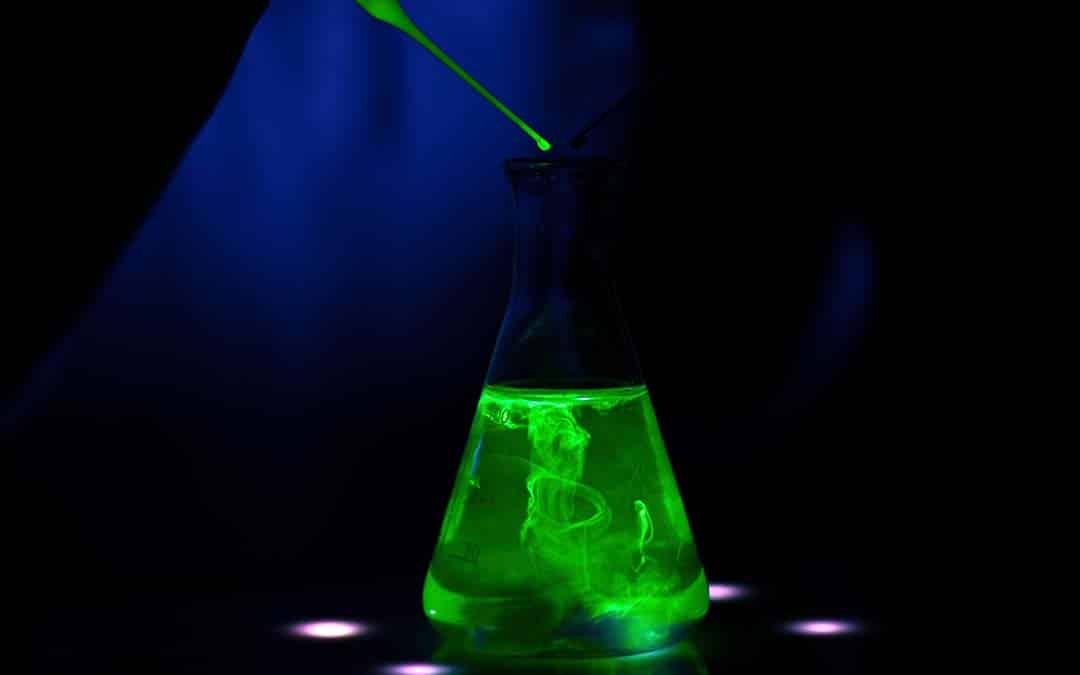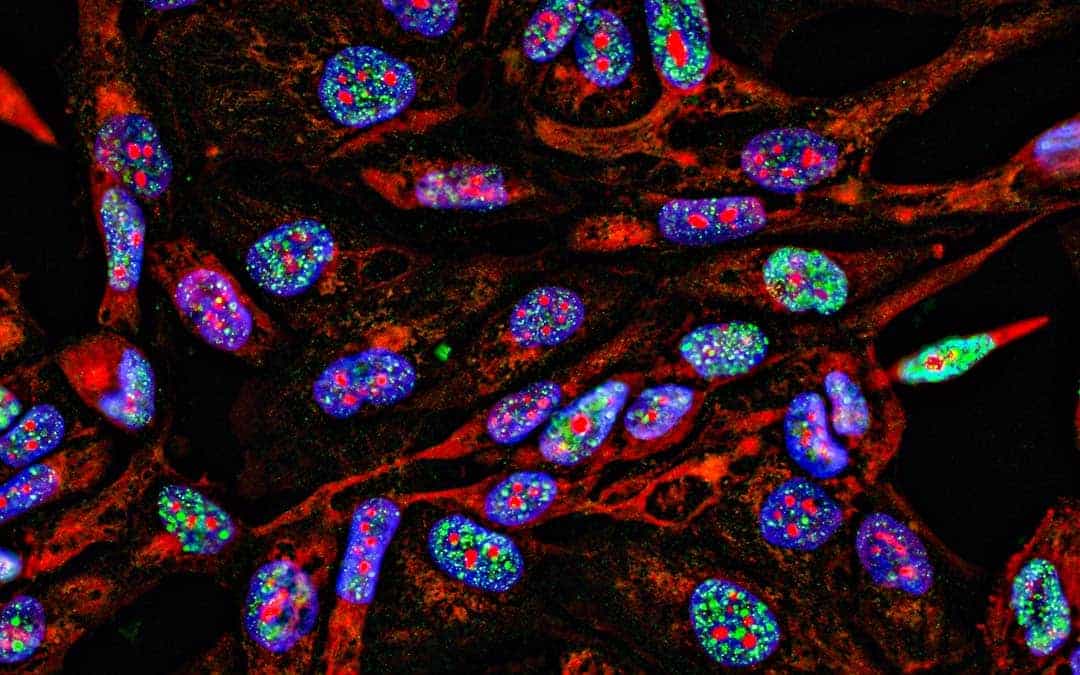Ever feel exhausted after a stressful day? That may be because the brain demands a significant amount of energy to function, most of which is derived from the organ’s ability to metabolize oxygen. But how, exactly, does oxygen help the brain to function? Understanding how oxygen travels and is utilized within the brain is actually a cornerstone of studying various neurological conditions and optimizing brain health. Recent advancements in bioluminescence imaging have provided some never-before discovered insights into this process, showing the journey of oxygen in the brain in real time with remarkable detail.
A Breakthrough in Brain Imaging
Scientists at the University of Rochester, in collaboration with the University of Copenhagen, have developed a novel bioluminescence imaging technique that visualizes the distribution and concentration of oxygen in the brains of mice. This method leverages luminescent proteins, akin to those found in fireflies, to produce detailed images of oxygen movement. The good news is that this technique is replicable, paving the way for extensive research into brain hypoxia in humans—conditions where brain tissue doesn’t receive oxygen such as during strokes or heart attacks.
Serendipitous Discovery
The journey to this discovery began unexpectedly. Felix Beinlich, PhD, originally aimed to measure calcium activity in the brain using luminescent proteins. However, a production error led to a delay in the research, prompting Beinlich to experiment with the existing materials. This happy accident revealed that the luminescent reaction was dependent on oxygen, causing Beinlich to discover a new avenue to visualize oxygen concentrations in the brain.
Mechanism of Bioluminescence Imaging

But how does Bioluminescence Imaging work? Believe it or not, the bioluminescence imaging process actually involves introducing a virus that delivers instructions to brain cells to produce a luminescent enzyme. When this enzyme encounters a substrate called furimazine, it reacts by emitting light. The intensity of the light correlates with oxygen levels: more oxygen results in brighter luminescence. This method allows for continuous monitoring of oxygen across a broad area of the brain, revealing dynamic changes in real-time.
Insights into Neurological Health
This imaging technique has the potential to uncover critical insights into brain health–not just in mice, but potentially in humans. For example, researchers observed “hypoxic pockets,” small regions where oxygen levels temporarily drop, which may contribute to neurological deficits. These pockets were more frequent during periods of inactivity, suggesting a link between a sedentary lifestyle and increased risk for conditions like Alzheimer’s disease.
The team discovered that these hypoxic pockets result from capillary stalling, where white blood cells block tiny blood vessels, preventing oxygen delivery. This phenomenon is more common in aging brains and has implications for understanding and potentially mitigating the effects of age-related diseases and lifestyle factors on brain health.
Conclusion
The development of this bioluminescence imaging technique may just mark a significant advancement in neuroscience. By enabling detailed, real-time observation of oxygen in the brain, researchers can better understand the complex interplay between oxygen supply and brain function.
As a longtime provider of medical oxygen in the Los Angeles area, we at CalOx are always thrilled to see medical oxygen being used in new and innovative ways. Looking for a provider of medical- and food-grade gasses you can rely on? Don’t wait to contact us!
